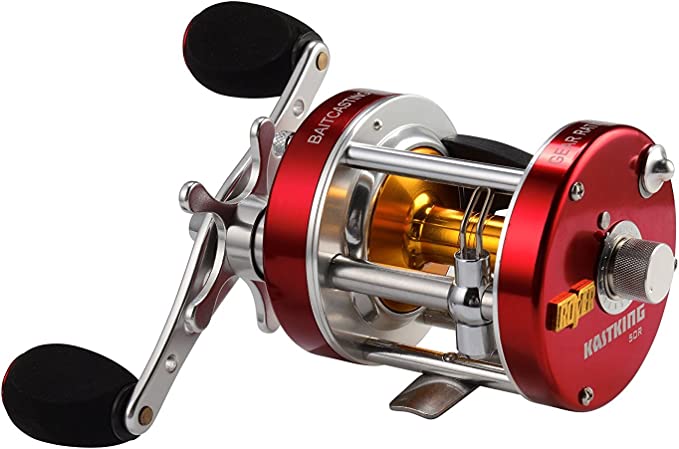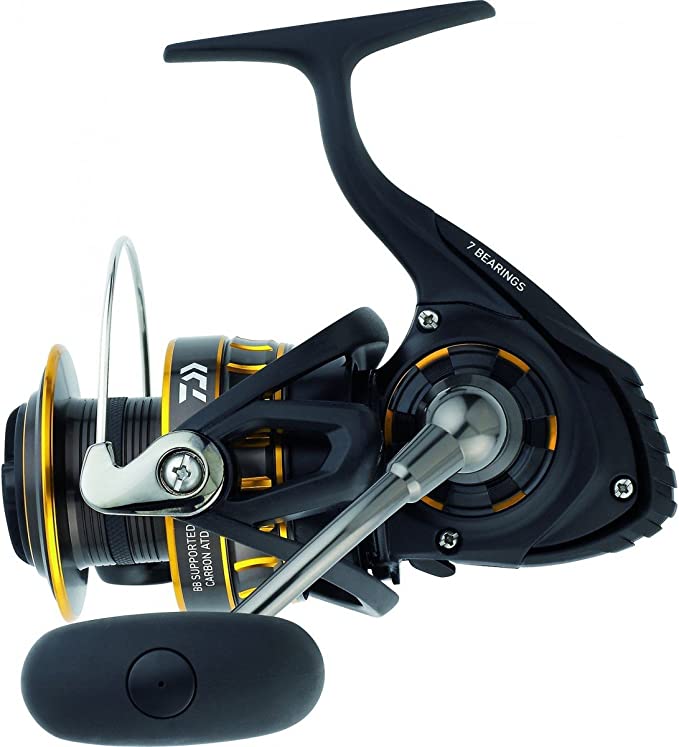The Dual-Frontier Defense: Why Hybrid Ceramic-Carbon Filters Are Critical for Modern Preparedness
Update on Nov. 19, 2025, 6:26 p.m.
In the discourse of water safety, there is often a sharp divide. On one side, we have lightweight, straw-style filters designed for the fleeting needs of the ultralight hiker. On the other, complex under-sink reverse osmosis systems built for permanent residential infrastructure. But reality is rarely so binary. Whether in a remote basecamp or a suburban kitchen during a boil-water advisory, the need for a device that bridges these two worlds—combining portability with heavy-duty throughput—is paramount.
The Katadyn Combi serves as a definitive architectural study in this middle ground. It is not the lightest tool in the shed, nor is it the fastest. Instead, it represents a triumph of Hybrid Filtration Engineering, prioritizing versatility and spectrum of coverage over sheer speed or weight savings. To understand its value, we must deconstruct the physics of its two-stage engine: the mechanical fortress of ceramic and the chemical sponge of carbon.

Stage One: The Physics of Mechanical Exclusion
The primary engine of the Combi is a silver-impregnated ceramic element. Unlike pleated paper or hollow fiber membranes found in cheaper filters, ceramic operates on the principle of Depth Filtration.
Imagine a microscopic labyrinth. The ceramic wall is not a single mesh screen but a thick, tortuous path of sintered micropores (approximately 0.2 microns). As water is forced through this matrix via the hand pump, pathogens like Protozoa (Giardia, Cryptosporidium) and Bacteria (E. coli, Salmonella) are physically too large to navigate the maze. They are trapped on the outer surface.
This “surface trapping” is a critical operational advantage. When a paper filter clogs, it is trash. When a ceramic filter clogs, it is merely dirty. The Combi comes with a measuring gauge and an abrasive pad because the maintenance protocol involves literally scrubbing away the outermost layer of the ceramic to reveal fresh pores underneath. This regenerative capability grants the ceramic element a staggering lifespan of up to 50,000 liters—a figure that dwarfs typical hiking filters, making it a viable long-term infrastructure component rather than a disposable consumable.
Note: The integration of silver ions (Ag+) within the ceramic matrix is not for purification per se, but acts as a bacteriostatic agent, preventing bacterial colonies from growing inside the filter’s damp core during storage.
Stage Two: The Chemistry of Adsorption
If the ceramic is the bouncer blocking the physical threats, the Granular Activated Carbon (GAC) core is the diplomat handling the chemical nuances. Mechanical filters cannot remove dissolved organic compounds, pesticides, or the foul tastes associated with stagnant water sources. This is where Adsorption (not absorption) comes into play.
The carbon granules possess an immense internal surface area—a single gram can have the surface area of a football field. As water passes through the core, dissolved contaminants are drawn into the carbon’s micropores by Van der Waals forces, effectively “sticking” to the filter media. This stage is essential not just for safety (reducing chemical load), but for palatability. In a high-stress emergency or a long expedition, the psychological boost of drinking water that tastes clean and crisp, rather than swampy or chlorinated, cannot be overstated.
However, this chemical capacity is finite. Unlike the renewable ceramic, the carbon must be replaced (typically every 6 months or 400 liters) as its adsorption sites become saturated. This modular design allows the user to refresh the chemical filtration without discarding the expensive ceramic housing.
The Versatility Paradox: Why Weight equals Value
At roughly 580 grams (1.3 lbs), the Katadyn Combi is heavy by modern backpacking standards. For the “fast and light” crowd, it is overkill. But for the Basecamp or Preparedness mindset, this mass is a signal of utility.
The unit’s defining feature is its “dual-mode” connectivity. In the field, it functions as a robust pump filter, drawing from creeks or lakes via a hose. But unlike purely outdoor units, the Combi includes a Faucet Adapter Kit. This seemingly simple accessory transforms the device. In the event of a municipal water failure or natural disaster, the Combi can be attached directly to a home sink or an RV water tap. It bypasses the laborious pumping action, utilizing the existing line pressure (if available) or allowing for easier stationary pumping from a bathtub or barrel.
This capability effectively turns a camping tool into a decentralized water treatment plant. It acknowledges that the threat to water security is not limited to the wilderness trail but can occur inside the modern home.
Conclusion: The Strategic Investment
The Katadyn Combi is a statement piece in the world of fluid dynamics. It rejects the “disposable culture” of plastic squeeze filters in favor of a field-maintainable, multi-stage system. By fusing the mechanical longevity of ceramic with the organoleptic refinement of activated carbon, it offers a level of water security that few portable devices can match.
For the user who understands that clean water is the foundation of both adventure and survival, the Combi is not just a filter; it is an insurance policy forged in ceramic and steel. It requires effort to pump and care to maintain, but in return, it offers the most valuable resource on earth, anywhere on earth.




















